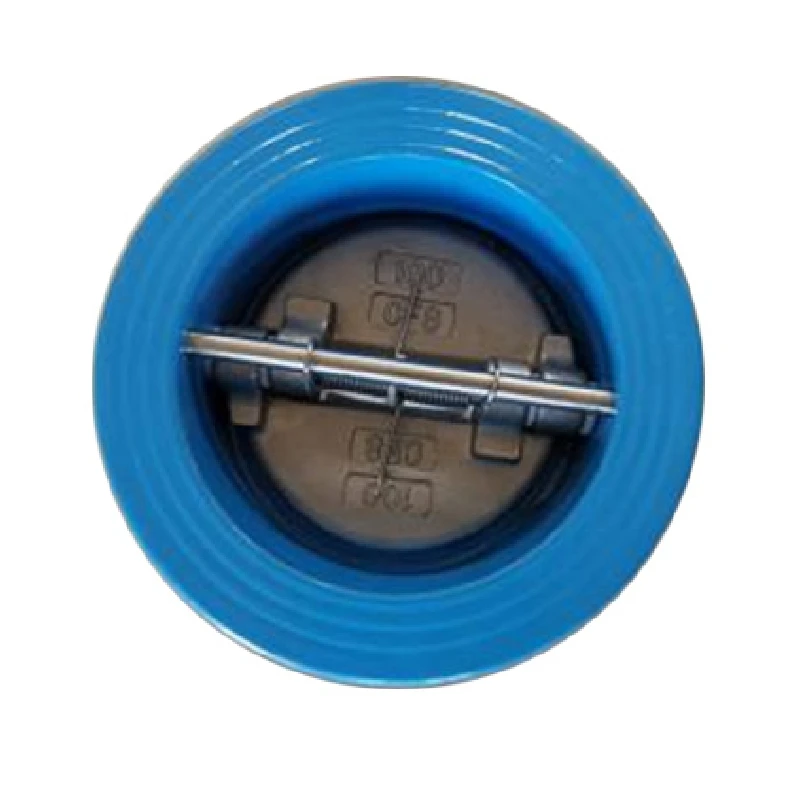Ное . 23, 2024 18:04 Back to list
control valve
Understanding Control Valves Essential Components in Industrial Automation
Control valves play a crucial role in the realm of industrial automation and process control. These devices are vital for regulating fluid flow and maintaining desired operating conditions within various systems, including water treatment facilities, chemical processing plants, and oil refineries. By adjusting the flow rate, pressure, and temperature of liquids and gases, control valves ensure that processes run smoothly and efficiently.
The Function and Importance of Control Valves
The primary function of a control valve is to modulate the flow of media—such as liquids, gases, or slurries—through a pipeline. They respond to signals from a controller, which monitors process variables through sensors measuring pressure, flow rate, temperature, or level. When a deviation from the setpoint is detected, the controller sends a signal to the control valve to either open or close, thereby adjusting the flow accordingly.
Control valves are essential for maintaining the safety and efficiency of industrial processes. For instance, in a chemical plant, maintaining the correct temperature and pressure is critical to prevent hazardous reactions. Improper control could lead to catastrophic failures, environmental hazards, and significant financial losses. Thus, reliable and accurate control valves are indispensable in safeguarding both the equipment and personnel.
Types of Control Valves
There are various types of control valves, each designed for specific applications and working conditions
. The most common types include1. Globe Valves Known for their excellent throttling capabilities, globe valves are commonly used in applications where precise flow control is essential. Their design allows for a smooth flow pathway, reducing turbulence and pressure drop.
2. Ball Valves These valves use a spherical disc to control flow. Ball valves are ideal for on/off control and can provide a tight seal, making them suitable for applications requiring low leakage.
3. Butterfly Valves Featuring a circular disc that rotates within the pipe, butterfly valves are efficient for managing large volumes of fluid. They are often favored for their compact size and lightweight design.
control valve

4. Gate Valves Typically used for fully open or closed applications, gate valves are less effective for flow regulation. However, they are valuable in situations where quick isolation of a section of the pipeline is necessary.
5. Check Valves Although not a control valve in the traditional sense, check valves prevent backflow in a system, ensuring that fluid flows in one direction only.
Selection Criteria for Control Valves
When selecting a control valve, several factors must be considered, including
- Process Conditions The temperature, pressure, and type of fluid must be assessed to ensure the valve can withstand the operating environment.
- Flow Characteristic The valve's capability to provide the desired flow range and control accuracy is crucial for meeting process requirements.
- Material Compatibility The materials used in the valve should be compatible with the media to prevent corrosion and degradation over time.
- Actuation Method Control valves can be actuated manually, electrically, or pneumatically. The choice depends on the application and the desired response time.
Conclusion
In summary, control valves are essential components in modern industrial processes, providing the necessary control over fluid dynamics to ensure operational efficiency and safety. Understanding the types, functions, and selection criteria of control valves is crucial for engineers and operators in the field of process control. By employing the appropriate control valve technology, industries can optimize their operations, minimize risks, and enhance productivity. As technology progresses, the development of smarter and more efficient control valve systems promises to further revolutionize the landscape of industrial automation.
Share
-
Reliable Wafer Type Butterfly Valves for Every IndustryNewsJul.25,2025
-
Reliable Flow Control Begins with the Right Ball Check ValveNewsJul.25,2025
-
Precision Flow Control Starts with Quality ValvesNewsJul.25,2025
-
Industrial Flow Control ReliabilityNewsJul.25,2025
-
Engineered for Efficiency Gate Valves That Power Industrial PerformanceNewsJul.25,2025
-
Empowering Infrastructure Through Quality ManufacturingNewsJul.25,2025